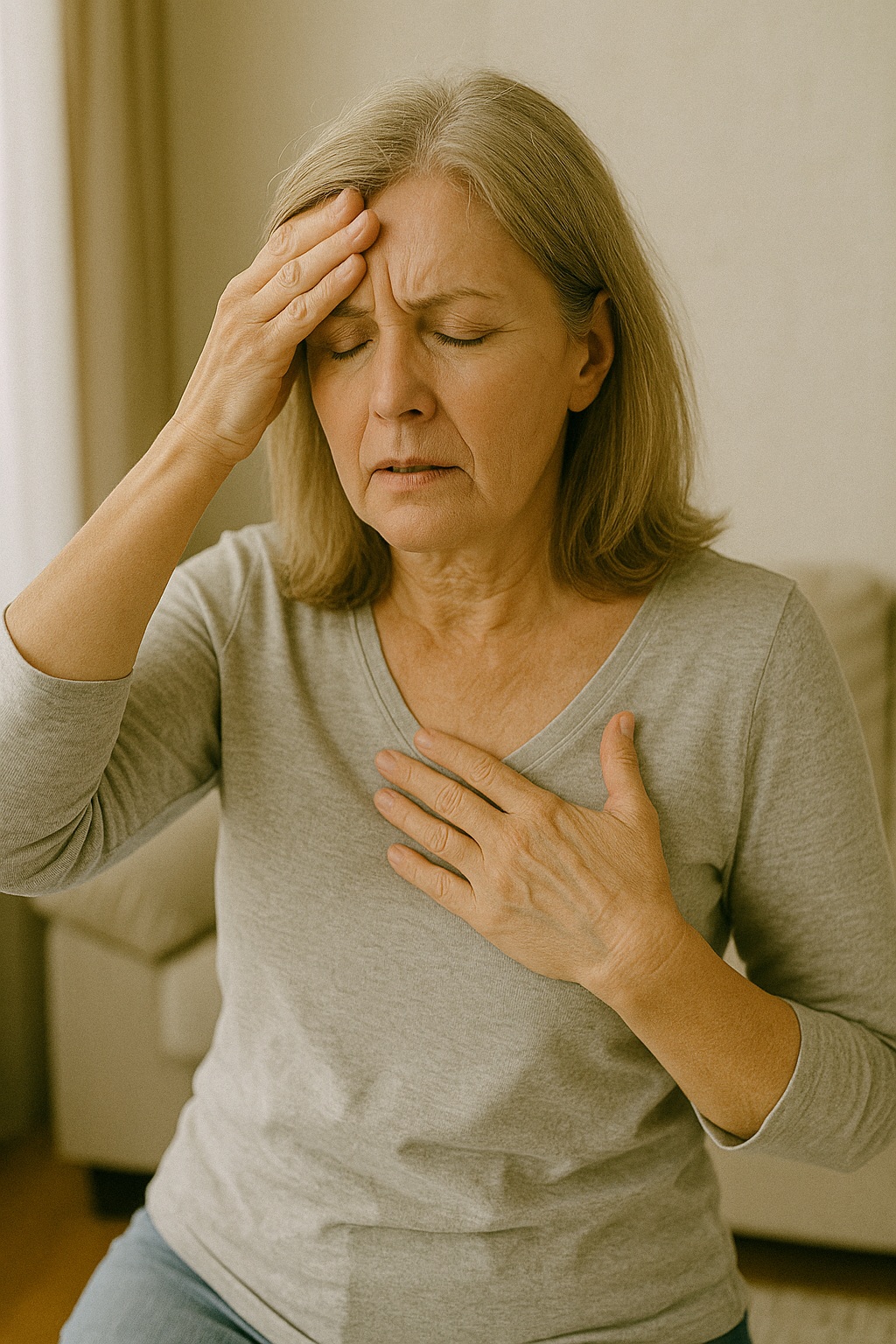Definition and Demographic Overview
Menopause is defined as the stage in a woman’s life when she has not experienced a menstrual period for twelve consecutive months. The average age for menopause onset ranges between 48 and 55 years. Historically, women rarely lived beyond their early 50s, making menopause a relatively uncommon occurrence. However, with modern increases in life expectancy, many women now spend over three decades in the menopausal stage.
Estimates indicate that approximately 4,900 women enter menopause daily in the United States. In 2010, there were around 60 million menopausal women. This number has continued to grow, and nearly half of the female population is expected to be in menopause.
The Transitional Phase
Perimenopause refers to the transitional period leading up to menopause, during which menstrual cycles become increasingly irregular. This phase is commonly associated with a wide range of symptoms, including:
- Hot flashes
- Insomnia
- Mood swings and irritability
- Depression and decreased libido
- Cognitive issues, such as mental fog
- Night sweats and generalized body pain
Physical changes can also include vaginal atrophy, urinary incontinence, and skin thinning. During this time, the risk of developing chronic conditions such as cardiovascular disease, osteoporosis, cancer, and neurodegenerative disorders increases.
Variability in Menopausal Experience
Menopausal experiences vary significantly among women. Some transition with minimal disruption, experiencing a gradual cessation of periods without substantial physical or emotional challenges. These individuals often maintain stable energy, emotional well-being, and cognitive function.
For many others, however, the transition can be markedly difficult. Symptoms may escalate to include severe sweating, chronic insomnia, anxiety, joint pain, rashes, and even the emergence of autoimmune disorders. This disparity highlights the importance of recognizing menopause as a gradual and individualized process, influenced by multiple factors throughout one’s life.
Lifelong Preparation for Hormonal Balance
The body’s response to menopause often reflects the quality of care and nourishment it received in earlier years. Factors such as diet, physical activity, mental health, and stress management all play a role in how the body navigates the perimenopausal and menopausal stages. Hormonal health during menopause is shaped by habits and conditions established well before symptoms begin to appear.
Treatment Strategies for Menopausal Symptoms
Effective management of menopausal symptoms can be achieved through a combination of the following holistic methods:
Acupuncture
Supports healthy blood circulation, modulates immune responses, reduces systemic inflammation, lowers stress levels, and relieves pain.
Dietary Counseling
Emphasizes nutrient-dense foods to strengthen the immune system, balance blood sugar levels, support healthy body composition, and improve overall well-being.
Herbal and Nutritional Supplementation
Aims to stabilize hormones, enhance sleep quality, support mood, regulate menstrual changes, and reduce menopausal discomforts.
Scientific References Supporting Treatment Approaches
- Kraft K., Coulon S. (1999). Postmenopausal High Blood Pressure: Standardized acupuncture can reduce postmenopausal complaints but does not alter blood pressure. Forsch Komplementärmed, 6(2), 74–79.
- Wyon Y., et al. (1994). Menopausal hot flashes: A Significant decrease in several hot flashes was observed in the acupuncture treatment groups. Lakartidningen, 91(23), 2318–2322.
- Wyon Y., et al. (1995). Acupuncture and hot flash reduction in menopause. Menopause, 2(3), 3–12.
